
Subterranean Termites
Subterranean Termites can rapidly destroy your home. Franz Termite Control will protect your most valuable asset – serving San Mateo & Santa Clara counties.
Both subterranean and drywood termites swarm during warm weather, thriving in regions with warm climates and varying moisture levels—conditions that are ideal in the Bay Area. Drywood termites are the more difficult to locate and eradicate of the two varieties most found in the Bay Area, while subterranean termites are more destructive with larger colonies. As their name suggests, subterranean termites establish colonies in the soil, making them especially challenging to detect.
Trust Franz Termite Control for reliable, professional termite protection to keep your home safe.
If you suspect a termite infestation, please contact us for a termite
inspection by our certified professional inspectors.
Telltale Signs of Subterranean Termites: Mud Tunnels and Fallen Wings
What Makes Subterranean Termites Unique?
Subterranean termites differ significantly from their drywood and dampwood counterparts. Rather than nesting directly within wood, subterranean termites establish colonies underground. This strategy shields them from weather extremes and allows them to access a wider range of environments. In contrast, drywood and dampwood termites nest inside the wood they infest.
Subterranean termite colonies may get so large that sub-colonies may eventually form, spreading the infestation rapidly to other areas of your home!
How to Spot Subterranean Termite Activity
To travel between their underground nests and wooden structures, subterranean termites build distinctive passageways called “mud tubes” or “mud tunnels.” These narrow, pencil-thin tubes act as vital conduits between their nest and their food source, facilitating a steady flow of workers to and from the wood they consume.
Mud tubes typically appear along your home’s foundation and sometimes even extend up walls. They resemble thin trails of dirt and are an unmistakable sign of termite activity. If you find one, try carefully slicing it open to see if termites are inside. This can help confirm if the colony is still active
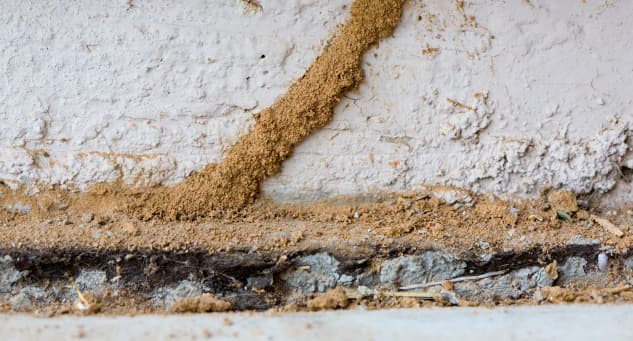
If you find small white insects inside, it’s pretty much a sure sign of infestation.
These become more developed as a colony gets older, so a brand new nest won’t have an extensive network of mud tubes. In Northern California, subterranean termites like to swarm in warm weather right after it rains, whether in spring or early fall but as early as January.
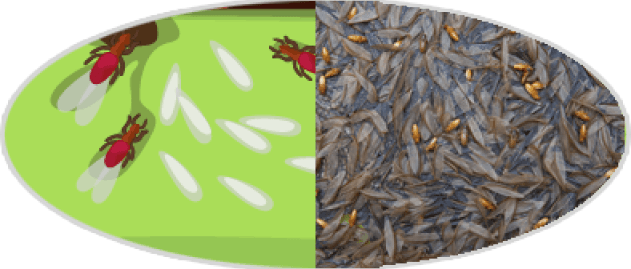
Watch for winged insects, as they may signal a subterranean termite swarm and nearby infestation.
When identifying termites, keep in mind that they exist in three distinct classes: workers, swarmers (the winged reproducers), and soldiers. If you find something suspicious – send us a photo.
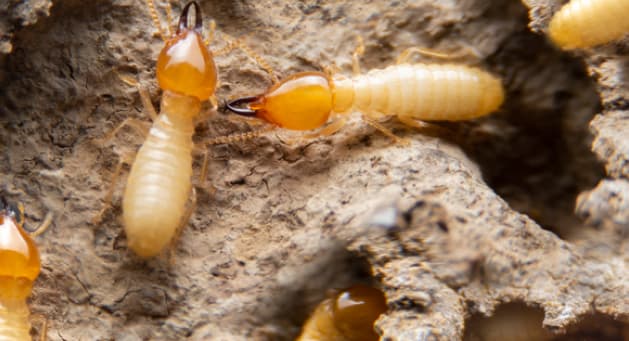
(Image: Dr. Miller, Virginia Cooperative Extension)
Subterranean termites have distinct characteristics that set them apart from other termites.
Workers are small and white, with rounded, bulb-like bodies that might resemble “white ants.” However, a closer look reveals that termite workers have more tube-like, unsegmented bodies, unlike ants, which have clearly segmented bodies.
Swarmers and soldiers are easier to distinguish than the workers due to their unique appendages, size, and color.

(Image: Dr. Miller, Virginia Cooperative Extension)
The wood of your building may oftentimes appear sound from the outside, while within it a honeycomb structure has been carved out by subterranean termites.
A regular termite inspection will identify termite infestations before they spread and cause damage.
Guaranteed Subterranean Termite Elimination
Franz Termite Subterranean Termite Treatment
We use proven, effective methods to eradicate subterranean termite infestations for good. Our approach targets termites at the source to ensure they don’t return.
To stop subterranean termites, we treat the soil around your building’s exterior perimeter. This creates a barrier that termites must pass through to reach your home, providing comprehensive protection against infestation.
Subterranean termites are “social” insects like ants or bees; this means that they create and live in a highly organized colony.
Worker termites continuously travel between their food source—your home—and their colony. When these workers come into contact with treated soil, they carry the active ingredient back to the colony, spreading it to other termites through contact.
Unlike traditional treatments that may only repel termites or kill those that touch the treated area, our approach targets the entire colony. By reaching termites at the source, we don’t just stop termites that enter your home; we eliminate the entire colony for lasting protection.
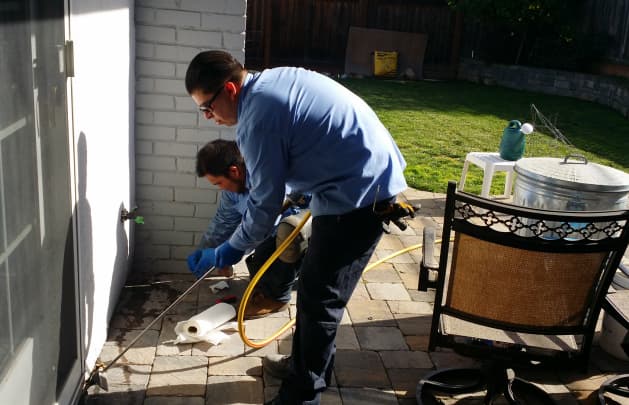
We also offer follow-up repair of termite-damaged areas to ensure you that any effects of the previous infestation will be resolved. “Termite tenting,” otherwise known as fumigation, is NOT an effective method for treating subterranean termites since their nests are not inside the home.
Comprehensive Inspection for Termites and Wood Rot
While inspecting your home for termites and damage, we also check for wood rot or decay—a hidden threat that, like termites, can significantly damage your property. Wood rot, caused by decay fungi from moisture exposure, can be just as harmful as termite infestations, if not more.
Since subterranean termites often appear where moisture intrusion or rot conditions exist, Franz Termite Control takes a holistic approach to identify and resolve these issues. Our team is experienced in diagnosing and repairing both termite and rot damage, ensuring any underlying moisture problems are addressed so your home stays structurally sound.
At Franz Termite Control, we are dedicated to eliminating your termite problem with a termite-free guarantee. Our proven treatments and regular inspections will help you feel confident in a home that’s truly protected from termites.
Franz Termite Guarantee
If they come back, so do we. We stand by our work and it shows. Your home will be termite-free.


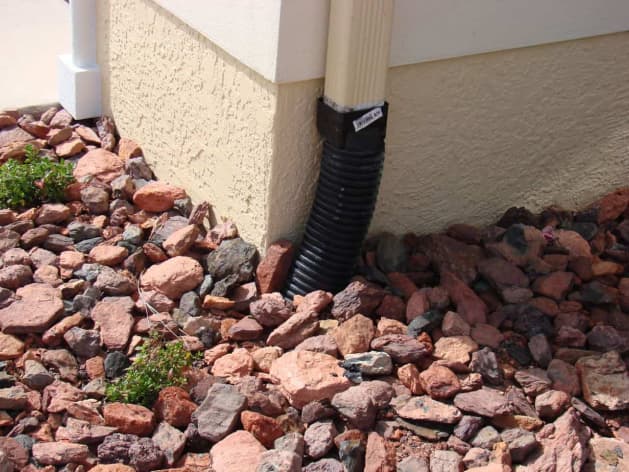
Small Changes with Big Effect – Subterranean Termite Prevention
Some active measures you can take to protect your home
There are a couple things you can do to help protect your home from subterranean termites. Some of these changes are behavioral, and some of them are structural.
The first thing to consider is the moisture of your home. Subterranean termites love wet, damp places, so you’ll need to eliminate any potential sources of excess moisture. A good first step is to do a walk-around on the house and take note of any areas where water accumulates.
- If water doesn’t properly run away from the foundation of your home, it may be an invitation to termites.
- All downspouts, drainage points, and gutters should funnel water away from your house.
- Likewise, you’ll want to make sure you don’t have moist crawl spaces in your house.
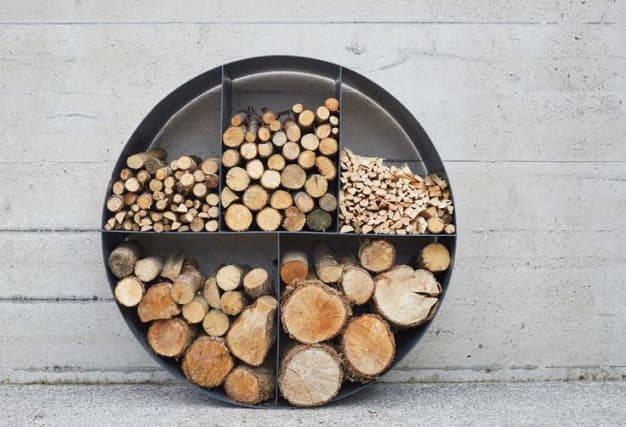
Another thing to manage is wood in your yard and foundation. Any soil-to-wood contact can be a direct avenue of access for subterranean termites and something you’ll want to avoid.
If the soil or landscaping around your house contacts the wood; or if the soil level is higher than the top of the concrete foundation, then you’ll want to correct this to help avoid moisture, rot and termite damage. If you have firewood or wood stored against or adjacent to your house, it should be moved or disposed of as it may serve to attract termites.
All earth-to-wood contact conditions should be eliminated or modified to help minimize risk of subterranean termite infestation and damage.
I Spy…A Subterranean Termite – Facts & Identification
Termite workers have somewhat similar appearances across species, but differ mainly in size.
Subterranean termites are the smallest, whereas drywood termites are a bit larger in size and the seldom-seen (in our service areas) dampwood termites can reach a full 1 mm.
The coloration of termite workers will vary by species. While they all have bulb-like bodies, subterranean termites are a milky white, while drywood termites are off-white and dampwood termites are an opaque, beige color.
You can also identify termites by their castes, namely, swarmers and soldiers.
While you might not find a whole swarmer on its own (they look similar to winged ants) you may be able to identify piles of wings that the swarmers will sometimes leave around after entering your home.

Subterranean Termite Wings on a Windowsill (Image: NC State – Entomology Dept)
Swarmers tend to be found near windowsills, with subterranean swarmers often dying with their wings attached (as opposed to drywood swarmers, which almost always shed their wings). Furthermore, subterranean swarmers wings have two thick veins inside them, while drywood swarmers have three to four.
Soldiers’ distinct differences appear mostly on their heads. Subterranean soldiers have rectangular heads with “toothless” (smooth) mandibles, while drywood termites have rounded heads with toothy-looking mandibles.
If you have a termite infestation or would like a “peace of mind” inspection, please call or email us to schedule an in-home inspection.
Request an Estimate, Inspection, or Just ask a Question
Don’t delay! Get in touch with us today.
If your home hasn’t been inspected in a couple years or you suspect you have termites, contact us for a
consultation and inspection.
Have rot damage or a new construction project? Get in touch with our consultants to learn more about our
process and options.
- (650) 493-0445
- info@franztermite.com
- 4041 Transport St. Palo Alto, CA 94303